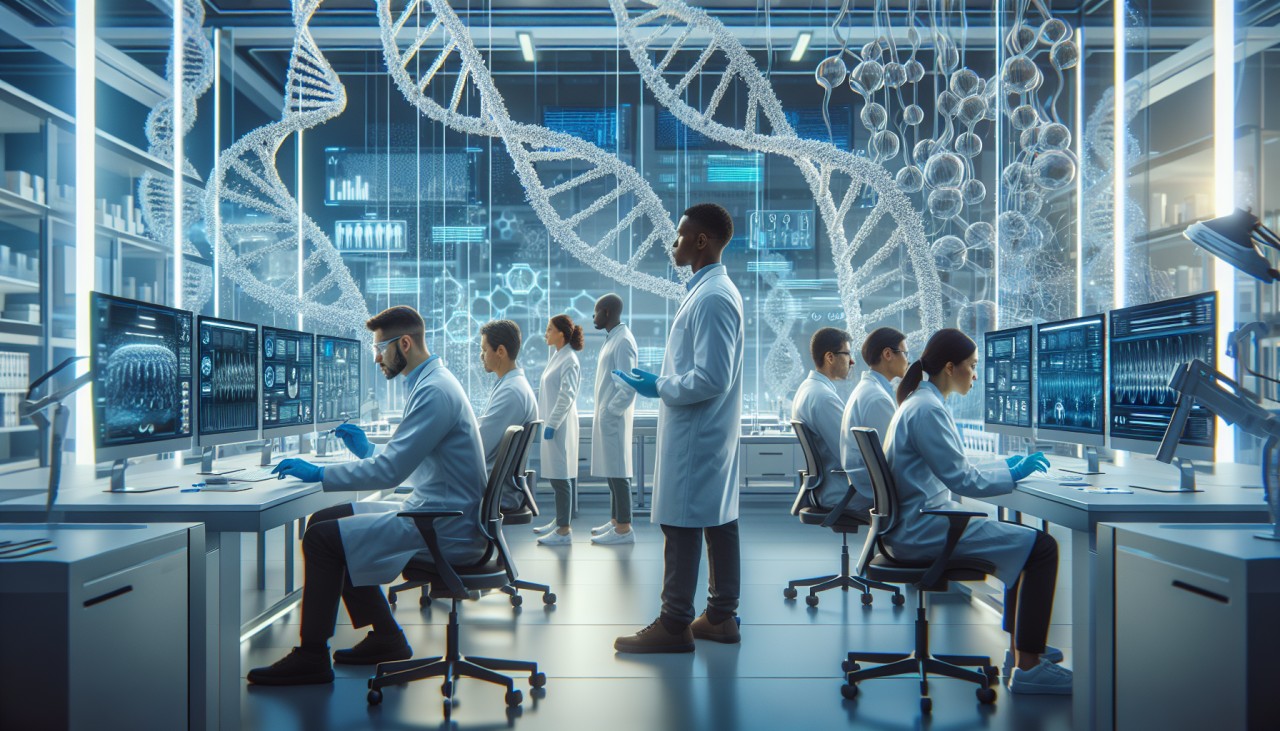


In a groundbreaking development, scientists from the United States, China, and Germany have introduced a new method for encoding data into DNA. This innovative approach utilizes a simple chemical reaction to mimic the binary system of traditional computers, enabling faster and more accurate data storage. By exploiting the natural process of methylation, researchers can modify DNA bases to represent binary values, effectively "printing" information onto DNA strands. This technique has demonstrated the successful storage of images, such as a color picture of a panda and a rubbing of a tiger, showcasing its potential for high-density data storage. The new method is estimated to be 10,000 times faster and more cost-effective than previous DNA data storage techniques, marking a significant step toward practical applications. However, challenges remain, including ensuring the long-term stability of chemically altered DNA bases and addressing the costs associated with the process. Further research is needed to refine this technology and make it scalable for broader use.
In another significant advancement, researchers from North Carolina State University and Johns Hopkins University have developed a technology that integrates both data storage and computing functions using DNA. This system employs dendricolloids—polymer structures with unique morphologies—to enhance data density and preservation. By depositing DNA among these nanofibrils, the technology allows for the storage, retrieval, computation, erasure, and rewriting of data, similar to conventional electronic devices. The researchers demonstrated the system's capabilities by solving simple Sudoku and chess problems, indicating its potential for complex computations. Additionally, the DNA-based storage is projected to securely preserve data for thousands of years without degradation. This breakthrough paves the way for the future of molecular computing, offering a sustainable and efficient solution to the ever-growing demand for data storage and processing.